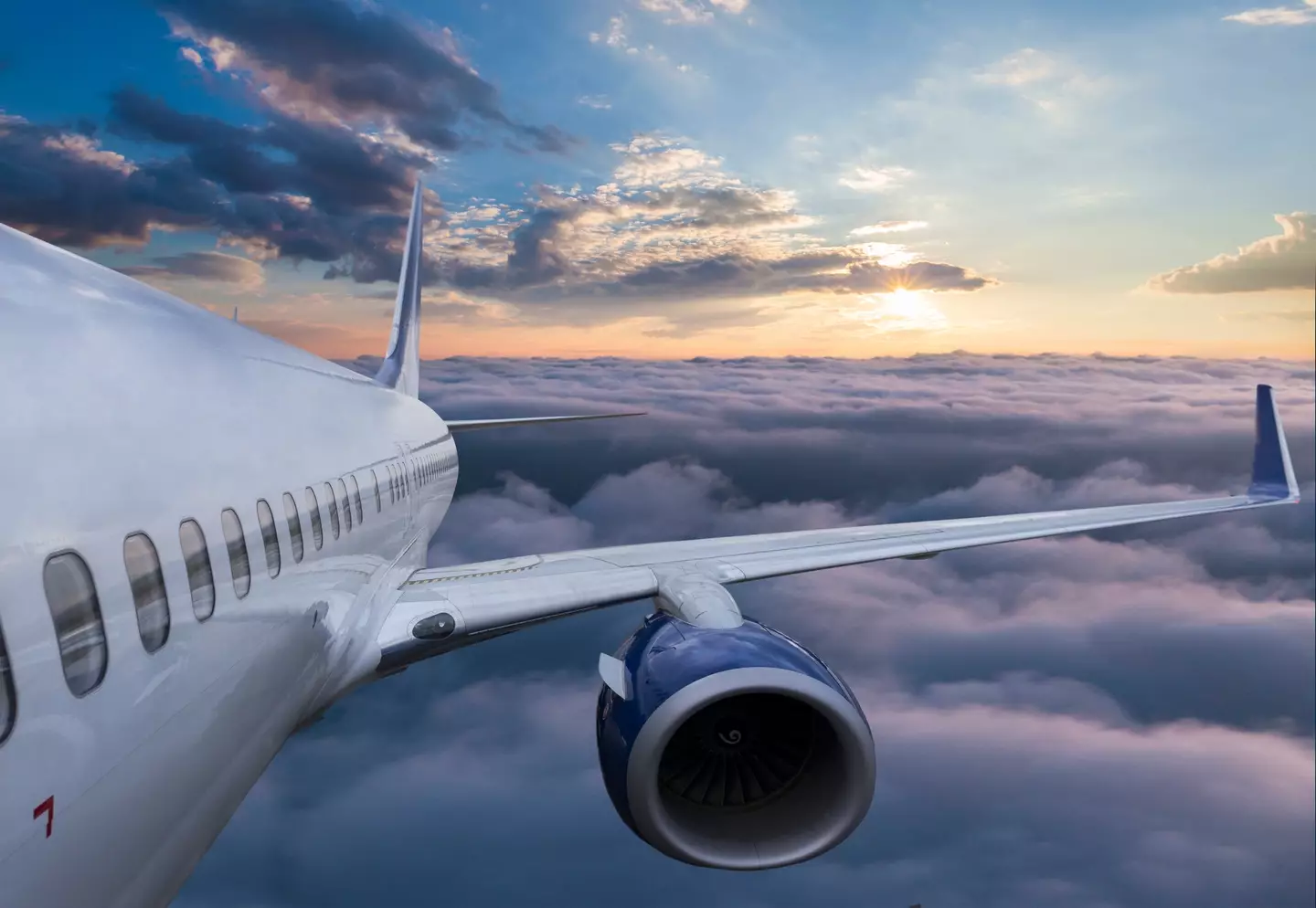There’s some news for those who frequently take to the skies, and it’s a mix of both good and bad.
The positive aspect is that you’re not alone in thinking that flights have become more turbulent. The downside, however, lies in the reasons behind these increasingly bumpy rides.
While turbulence is generally anticipated during flights, recent observations suggest that it has become more prevalent compared to previous years.
The American Geophysical Union conducted an investigation and found that turbulence in our skies increased by 55 percent in 2020 compared to 1979.
Mark Prosser, a meteorologist from the University of Reading, who led this study, noted in 2023: “Turbulence makes flights bumpy and can occasionally be dangerous.
“Airlines will need to start thinking about how they will manage the increased turbulence, as it costs the industry $150 to $500 million annually in the United States alone. Every additional minute spent traveling through turbulence increases wear-and-tear on the aircraft, as well as the risk of injuries to passengers and flight attendants.”

The BBC highlights three main causes of turbulence: clouds or thunderstorms (convective), airflow around mountainous regions (orographic), and shifts in wind direction or speed (clear-air).
Among these, clear-air turbulence is the most challenging to predict because it is, as its name suggests, ‘essentially invisible to remote sensing tools used for aviation’.
It is reported that both convective and clear-air turbulences are on the rise. The reason? Climate change.
Regarding thunderstorms and global warming, a warmer climate leads to more frequent storms since a warmer atmosphere retains more moisture. This moisture, combined with higher temperatures, can result in severe thunderstorms.

Additionally, a study published in 2023 indicates that clear-air turbulence is ‘projected to intensify in response to future climate change’.
The connection between climate change and increased clear-air turbulence is again linked to rising temperatures.
“Warmer air as a result of carbon dioxide emission is increasing wind shear in the jet streams, strengthening clear-air turbulence in the North Atlantic and globally,” a press release issued at the time explained.
Paul Williams, an atmospheric scientist from the University of Reading, emphasized: “Following a decade of research showing that climate change will increase clear-air turbulence in the future, we now have evidence suggesting that the increase has already begun.
“We should be investing in improved turbulence forecasting and detection systems to prevent the rougher air from translating into bumpier flights in the coming decades.”

